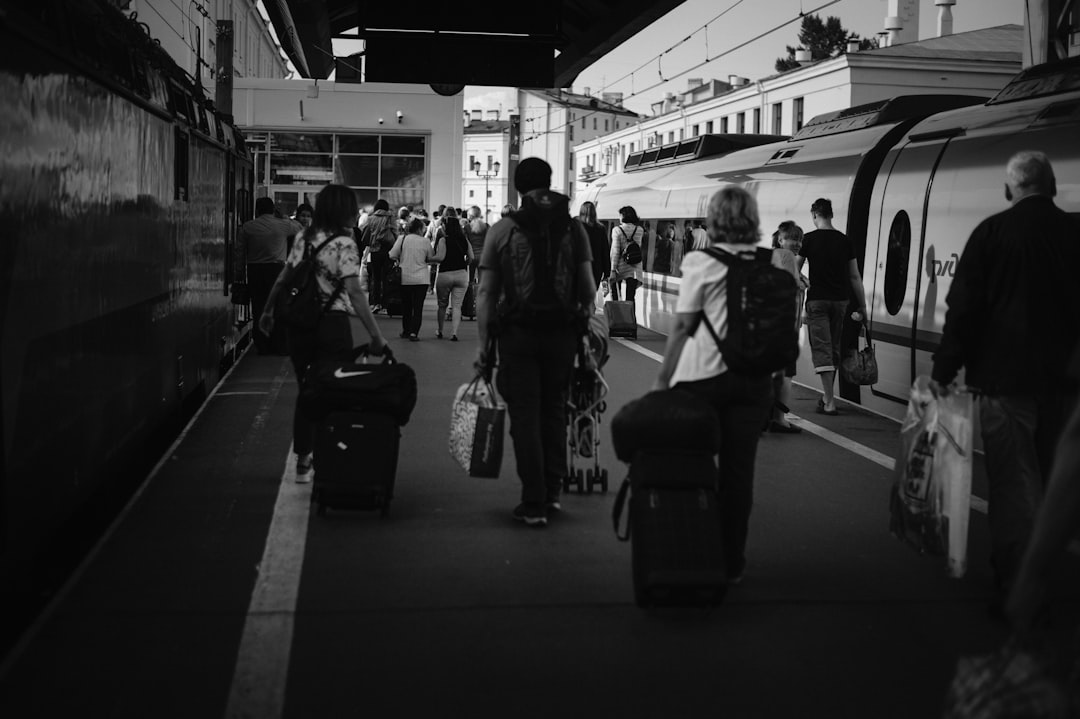Tech
Transformation of Indian Railways Through Digitalization

Indian Railways, which is now undergoing modifications, is the fourth-largest railway network in the world. Enhancing network capacity and usage, providing speedier services, and ensuring train safety are important areas to focus on. Indian Railways’ main priority is building a user-friendly transportation system, and digitization is crucial to this endeavor.
The fourth industrial revolution, or Railway 4.0, distinguishes the Railways’ quick digitalization. Improvements are made to train stock, signaling, systems, rail infrastructure, and the assets’ operational effectiveness. With technology that encourages stakeholder collaboration, they are being redesigned, developed, delivered, and operated, transforming the appearance of the railways.
Real-Time Train Information System
Real-Time Train Information System, or RTIS, was developed by Indian Railways with assistance from ISRO. It aids in preparing a digital chart and statistics for passenger trains by the Indian Railways. Also, the railways now use computerized management charting for more than 6,500 locomotives, which lessens the physical workload for train workers.
Increased Customer Satisfaction
Indian Railways has been able to enhance the customer experience thanks to digitization. Even before a person enters a train, the customer experience is improved. One can, for instance, check the PNR Status from the convenience of their home to learn about the various booking data. An emergency talk-back system, automated step control, and a WiFi infotainment system are now included within the train.
Moreover, Indian Railways is currently working on designing customized coaches based on train quotes and passenger tiering. Giving travelers a thorough tour of the cabin is the key component of the solution.
Digilockers
The Indian Railways’ Digilockers program is one of their most notable digital transformation initiatives. The traveler can conveniently store their luggage while traveling with the aid of the digilockers by submitting some basic information. Digilockers were first introduced to the Central Railway and quickly became well-liked by travelers.
Common Service Centers
About 200 stations nationwide will soon have CSC kiosks installed by PSU-RailTel. Once put into place, it will enable users to purchase various travel tickets, settle utility bills, and recharge their mobile devices. Most of these services will be located there to serve the rural people best.
User Depot Module
The User Depot Module, or UDM, was created by the Center for Railway Information Systems to automate the rail supply chain. It will help with the transition from manual to digital operations. The supply chain will function more efficiently if real-time transactions and online information sharing are available to all stakeholders. Additionally, it will support asset management.
A mechanism for Unreserved Tickets
Unreserved Ticketing System was developed by Indian Railways by combining Modern Train Control System and Long Term Evolution based Mobile Train Radio Communication (UTS). The travelers at the resting facility will automatically have access to unreserved tickets, thanks to this mechanism. The Indian Railways benefit from increased productivity and revenue because of this digital transformation.
Rolling Stock
Most rail coaches are built through conventional manufacturing practices, which results in huge inventory charges because parts must be manufactured and held before being put in place. With digitalization, platform-based 3D tools are rapidly growing and enhancing the expensive old-style manufacture.
The coach designs are appropriately formed, simulated, investigated, and enhanced in the virtual world to correct errors and shortfalls and avoid expensive slips. Rolling stock constructors use virtual 3D platforms and technology to integrate subsystems, elements, and assembly information.
to request, modification Contact us at Here or [email protected]



